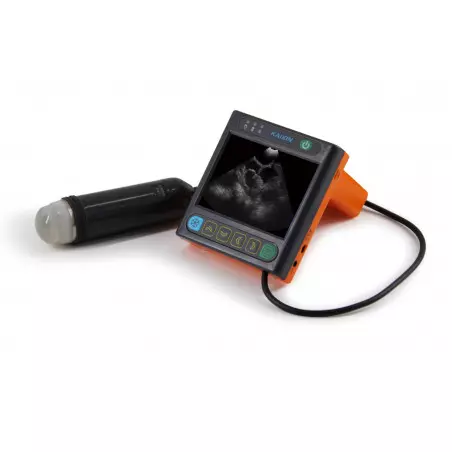Fetal growth, mammary growth and colostrum production represent the majority of the total required standardized ileal digestible (SID) lysine in the last 10 d prior to parturition. Although other authors have evaluated different diet regimens for transition sows, there is a need to confirm these previous findings in larger commercial farms. Thus, the aim of the present study was to evaluate the effect of feeding duration of increased lysine (Lys) and metabolizable energy (ME) immediately prior to farrowing on sow and litter performance, piglet survival, and colostrum quality under commercial conditions. For that purpose, a total of 467 sows were blocked by body weight (BW) and parity category on day 106 of gestation and allotted to one of three dietary regimens starting on day 107 of gestation: 1) Control: 2.0 kg/d gestation feed (12.5 g standardized ileal digestible [SID] Lys and 6.5 Mcal ME) until day 113 of gestation, then 2.7 kg/d lactation feed (28 g SID Lys and 9.4 Mcal ME) until parturition; 2) 2.0 kg/d gestation feed (12.5 g SID Lys and 6.5 Mcal ME) until day 113 of gestation, then 3.8 kg/d lactation feed (40 g SID Lys and 13.3 Mcal ME) until parturition; or 3) 3.8 kg/d lactation feed (40 g SID Lys and 13.3 Mcal ME) until parturition.
As a result, increasing the duration of additional Lys and ME increased sow weight gain from day 106 to 113. Sow backfat gain from day 106 to 113 of gestation increased in gilts and sows fed 3.8 kg/d of the lactation diet starting on day 107 vs. the control regimen. Average total born and born alive piglet birth weight (BiWt) were greater in gilts fed 3.8 kg/d lactation diet starting on day 107 or 113 vs. control. Litter gain from cross-foster to weaning was decreased in gilts fed 3.8 kg/d lactation diet starting on day 107 compared with control. Colostrum immunoglobulin G was increased in gilts and sows fed 3.8 kg/d of the lactation diet starting on day 113 compared with control. However, there was no evidence that dietary regimen influenced piglet colostrum intake or colostrum yield.

In conclusion, feeding increased Lys and ME prior to farrowing increased BW and backfat. Moreover, feeding increased Lys and ME when gilts were moved into the farrowing room increased BiWt, but reduced litter growth to weaning. Sow performance was not influenced.
Gourley KM, Swanson AJ, DeRouchey JM, Tokach MD, Dritz SS, Goodband RD, and Woodworth JC. Effects of increased lysine and energy feeding duration prior to parturition on sow and litter performance, piglet survival, and colostrum quality. Journal of Animal Science. 2020; 98(5): skaa105. https://doi.org/10.1093/jas/skaa105







